In August, Ata Regenerative, with assistance from Atkins Ranch, had the opportunity to visit three exceptional regenerative farms in the East Coast region enrolled in Ecological Outcome Verification (EOV) at Ata Regenerative. The workshops aimed to help the farmers understand the programme in more detail, what the results mean, how to interpret reports and how to use this information in decision-making and improving the ecological health of their land.
Land verified as regenerating under management through EOV can provide produce to the Land to Market programme.
We had three well-attended sessions, significant input from the farmers attending and wide-ranging discussions. We enjoyed excellent lamb patties supplied by Atkins Ranch, expertly cooked by Karen and Rhys; many thanks.
Witnessing farmers adopting a Regenerative approach was heartening, emphasising collaboration, cooperation and sharing ideas.
If you want to have the opportunity to be a part of future workshops and are interested in learning more about EOV or joining the over 200 EOV farms currently being monitored, contact us today, as spaces for the period leading up to Christmas are limited.
Case study: Te Roto Farm
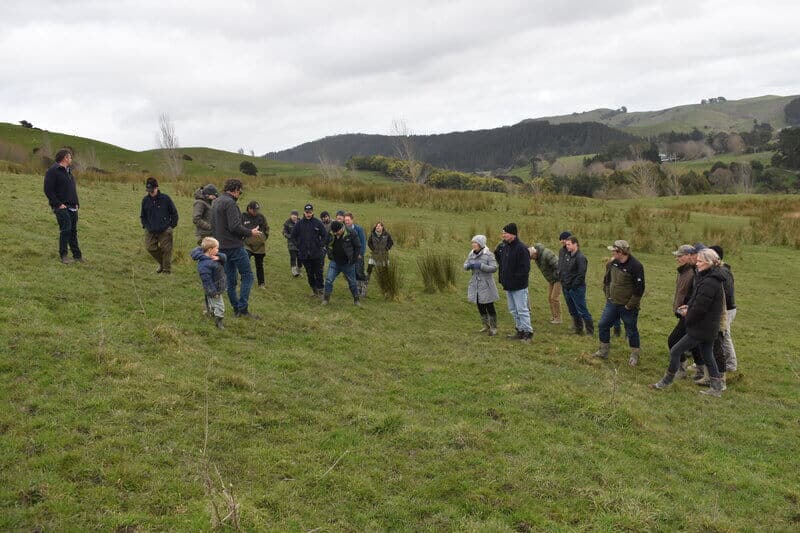
A big thanks to Julie and Bryce Stevenson of Te Roto Farm in the Wairarapa for hosting us and sharing their learning with the group. Julie and Bryce were one of the earlier farms in NZ to undergo EOV monitoring and have made good, steady progress in improving the ecological health of their land year after year since 2019.
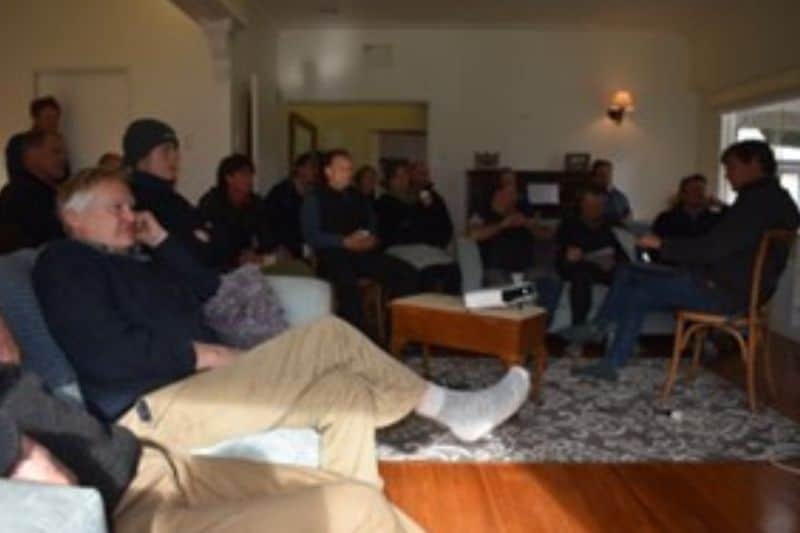
Looking at their results, all the biological indicators we monitor have moved closer to potential year on year, which has shown up in their Ecological Health Index.
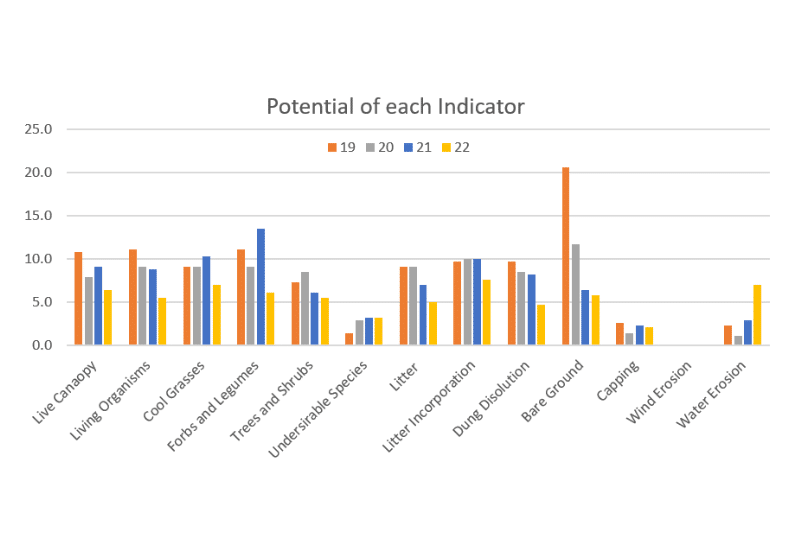
NB smaller bars show the indicator is closer to potential.
You can see that even with several years of monitoring and experience, some year’s indicators do not show ‘improvement’, so it is in nature. Julie and Bryce understand that regenerative is not a race to the finish but a slow burn of improving ecological health and discovering the true potential of their land.
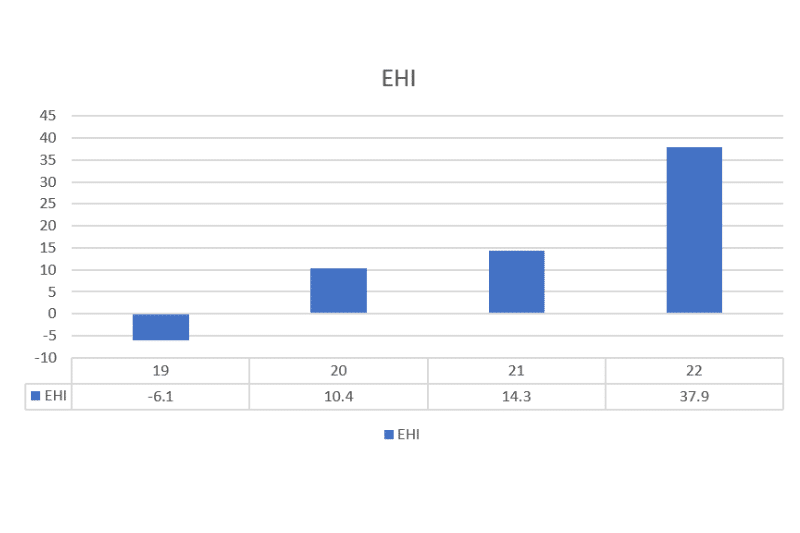
Julie and Bryce were generous enough to share their experience with the group. They have found that improving ecological health is hard work and depends on a shift in mindset. There is no recipe; they adopted a regenerative mindset from the outset. They continue trying different things based on the regenerative principles to determine what works for them in their regional context.
Remember, it is not about the single EHI result but the change over time. It is also not about comparing farms; each farm has a unique context and cycle, just as we see in nature.
Case Study: Poukawa Research Station
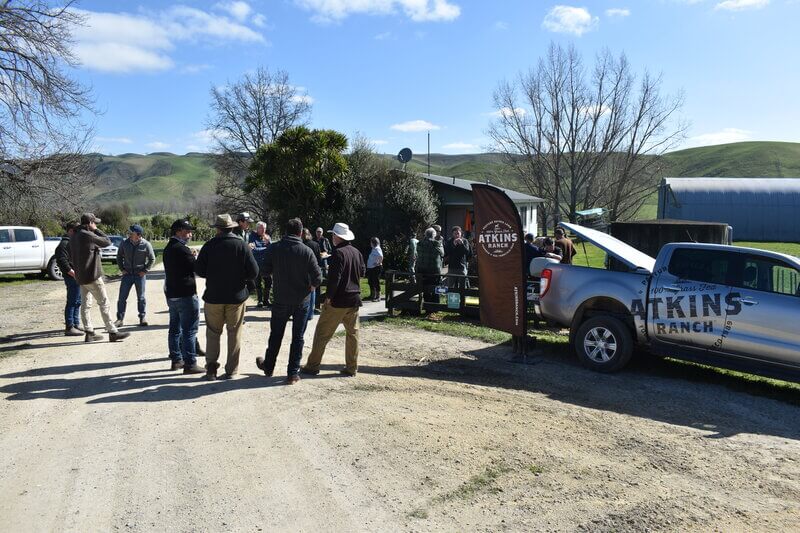
The second farm we visited was the Poukawa Research Station in Hawkes Bay – big thanks to Paul Muir for making the station available for the afternoon.
In contrast to our first farm, the station had an initial EOV baseline measuring in November 2022, which is relatively ‘fresh’. The great benefit is that the results of their trials can be reviewed through a regenerative lens and compared to the more reductionist monitoring styles for a side-by-side comparison. Paul and his team are doing fantastic work growing the science of applying regenerative principles to land management. This information is available to us to follow on the On-Farm Research Website – this website is a great resource and well worth a look.
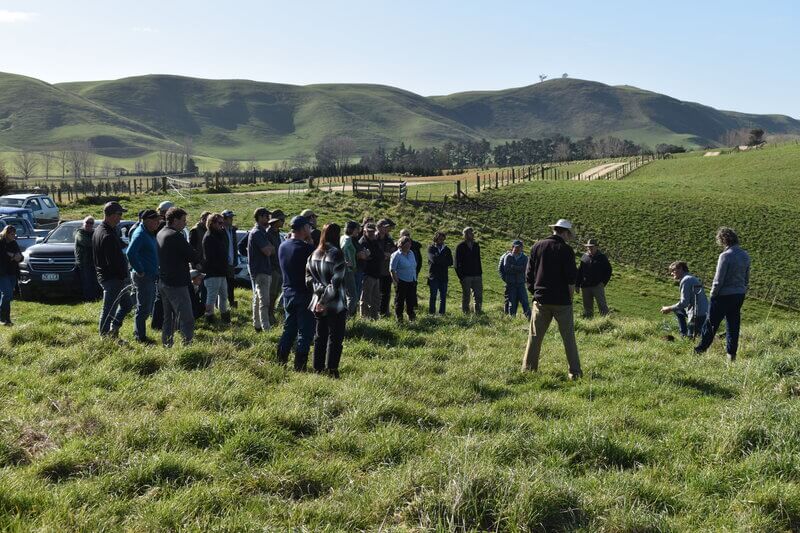
Another great turnout and information shared sparked some vigorous discussion about what EOV does and how we use the information. EOV relates to the land base defined in the KML georeferenced map created before we started monitoring. This map is included in the Savory Global EOV Database and is the digital footprint of the land, which is being monitored and ultimately verified.
Only produce produced within this defined land base can receive the Land to Market verification, certifying that it originates from regenerating land. We now insist on a KML map before starting new baselines; if there is no KML map, we can’t certify that land base. EOV is only used on land that integrates grazing animals; stock exclusion zones are not part of the defined land base.
You can read more about the regenerative farming project at Poukawa Research Station here.
Case Study: Turihaua Angus Study
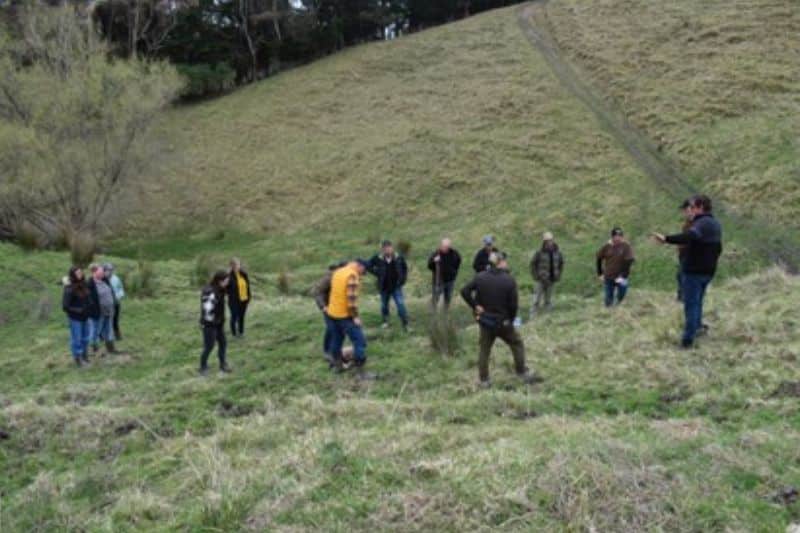
The final stop on our Aitkins Ranch EOV Workshop trail was Turihaua Angus Stud in Gisborne. The drive was an eye-opener for those of us who have not yet seen the true extent of the damage.
While we can worry about the resilience of our farming systems from an ecological and economic perspective, there is certainly no doubting the strength of those working in the industry: great people and great communities.
This is a big area, and we are very grateful to those who made the effort and travelled so far to attend, as well as a huge thanks to Paul and Sarah Williams for inviting us and being so open to sharing their experience and learning. There was some great discussion and sharing of information from the different farmers at different stages of their journeys about how they worked to apply regenerative principles.
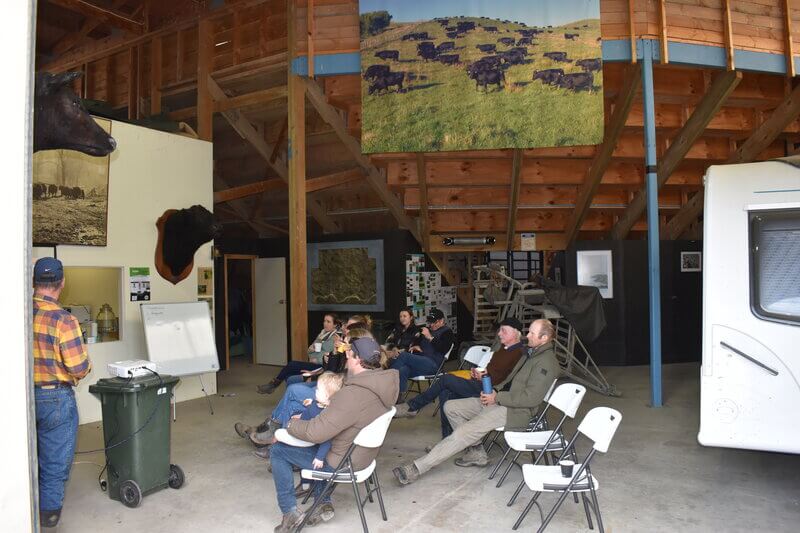
The Williams family have been farming in the region since the mid-1800s and have always tried to cultivate with nature. While Paul has recently completed his EOV baseline on Turihaua, they have been applying regenerative principles through their farm system for generations.
Whilst looking at a farm in late winter and after a tough six months does not show it at its best, it was good to see that the land had been less affected by Gabrielle than farms where grass covers were shorter and trees sparse and not integrated as well through the land base.
A good day and another great lunch, thanks Rhys.
Join the farming revolution with EOV
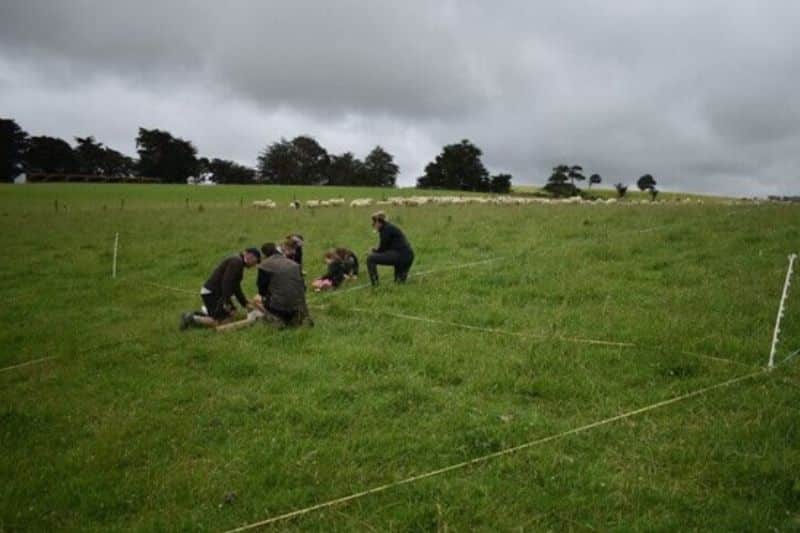
It was heartening to see farmers embracing the Regenerative mindset of working together, sharing ideas and information and looking for continual improvement rather than racing for a fictional finish line.
With EOV, we can provide a path to better understanding Holistic Management and the associated tools such as Holistic Planned Grazing, Holistic Land Planning and Holistic Financial Planning.
Every region, farm, and climate have their unique biodiversity, and EOV allows farmers to “hear” their land, understanding what needs to be done and the best way to get there.
Becoming part of the EOV programme is a step towards realising the unrealised potential in your soil, people, organisation, and community.
Thanks to Aitkin’s Ranch and those farmers able to attend.
For those who want to express their interest in attending future workshops, we are currently taking registrations for new farms for the coming growing season. If you wish to bring further farms into EOV or know of farms wanting to join, please get them to contact Alex at alex@ata.land.
Keep an eye out on the EOV Regenerative Community, social media, and our website.
Here’s to a good spring. Take care of yourselves and your families.



